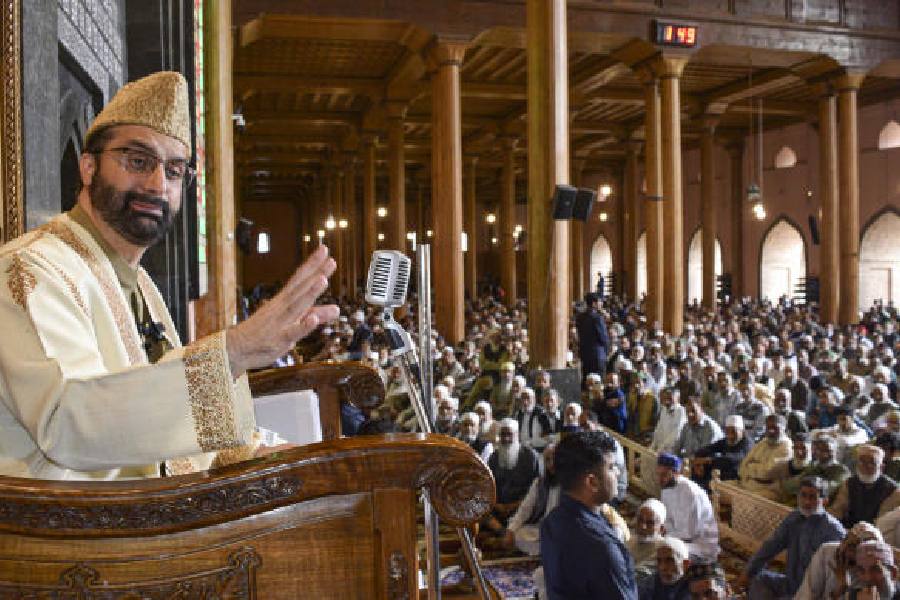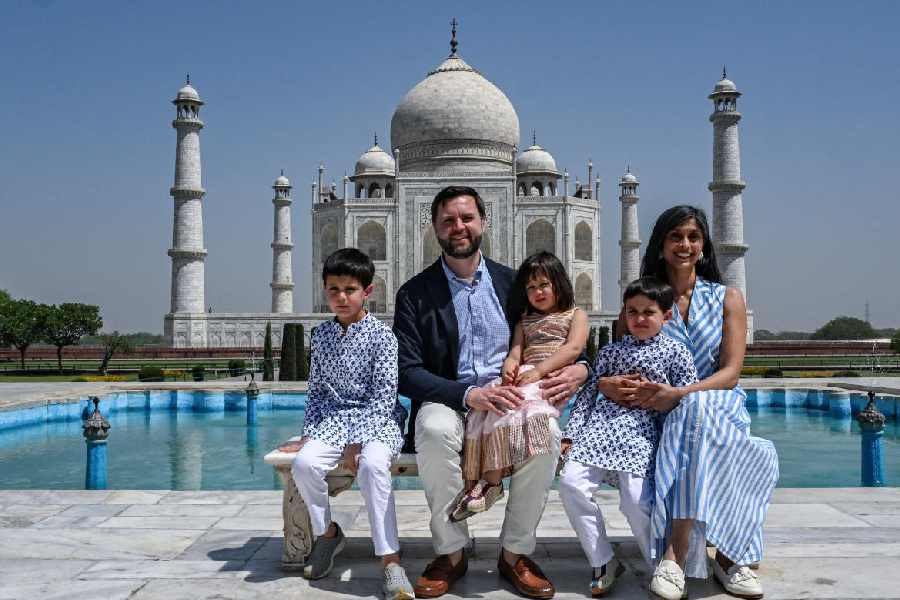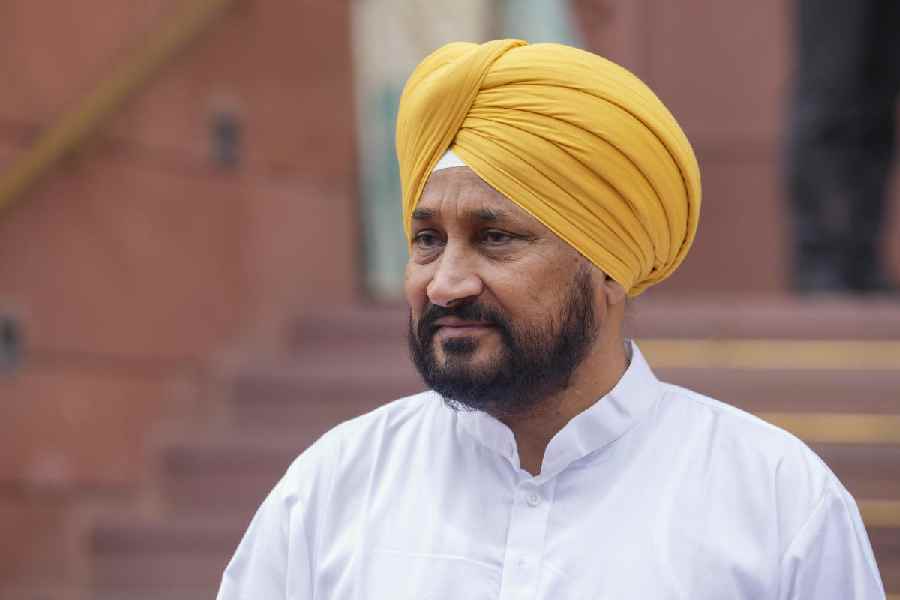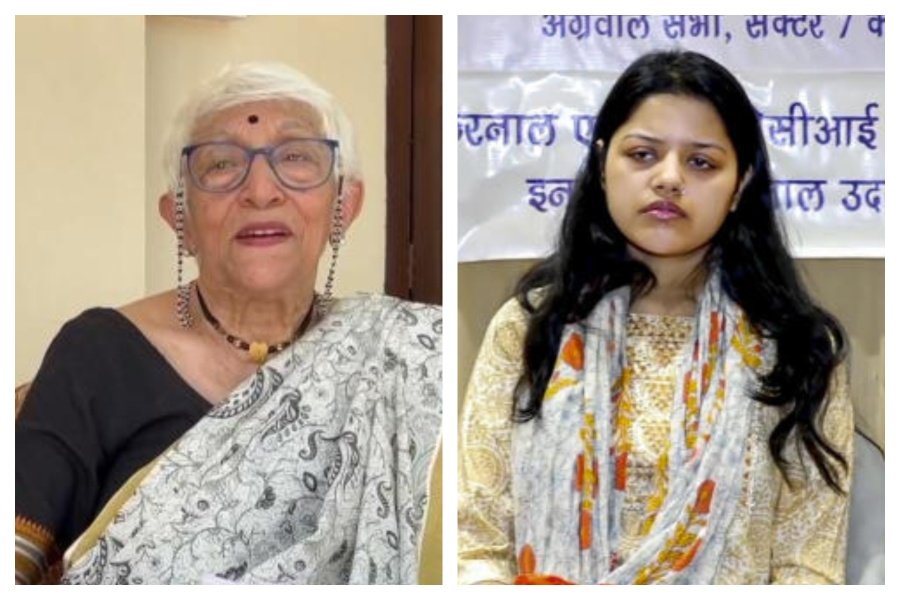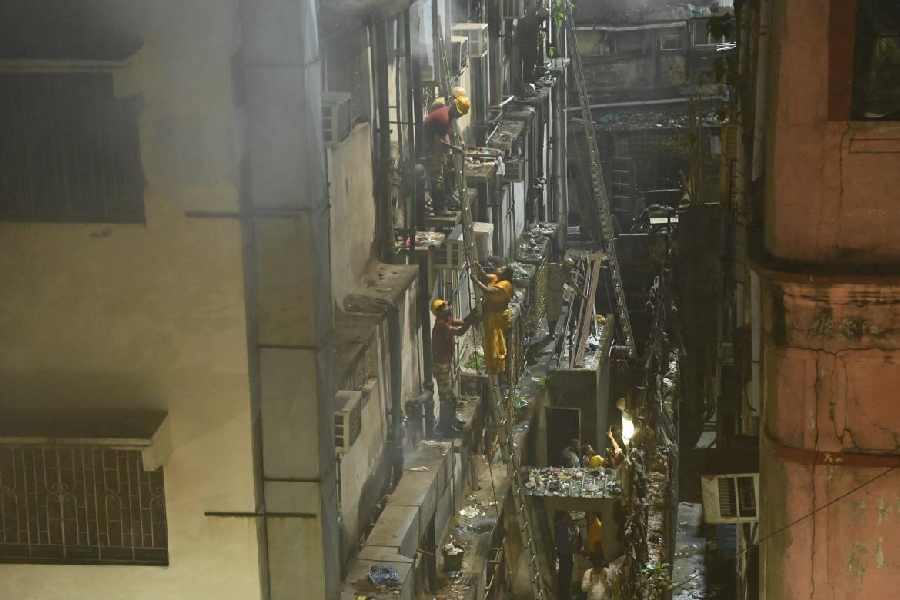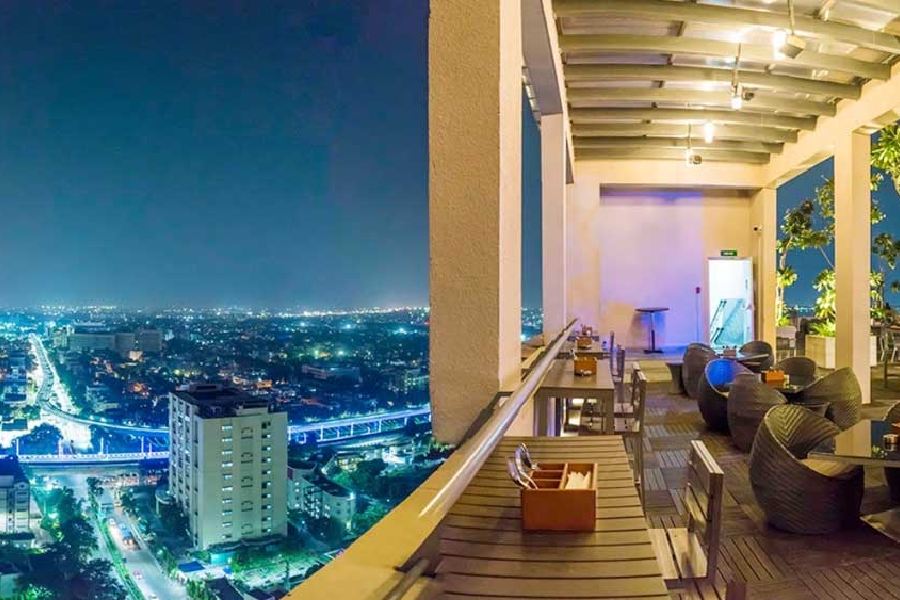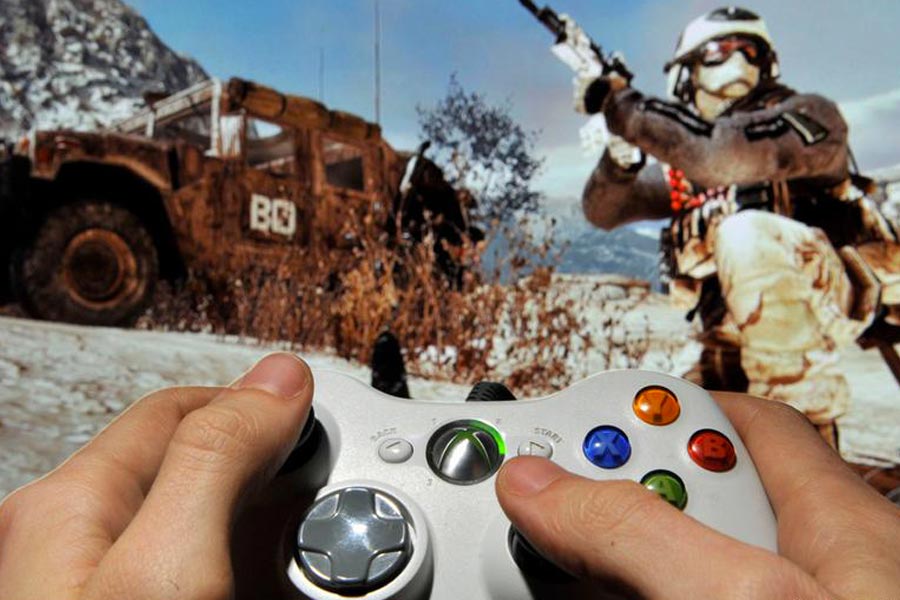 |
| A riot victim at a relief camp, a year after the Godhra carnage. (Reuters) |
Signal Falia (Godhra), March 3: Even the British, who gave it the name, had been disparaging, because all that the place had was a signal post.
All that has changed — thanks to a burning compartment and 59 dead bodies that set fires of communal hatred blazing across Gujarat.
Today, one year after the carnage, Signal Falia — for that matter, the entire Godhra — has changed, and mostly for the worse. Everything is divided — people, loyalties, business, bus stops, hospitals, even schools.
Even truth. Inquire about any incident and you are bound to get a Hindu truth and a Muslim truth.
“Saheb, a Muslim rickshaw-wallah had strayed into the Hindu locality a week ago and they threw acid on the poor fellow,” says Mojassimul M. Ikhlas. “These people, let me tell you, oh these people,” he stops, eyes brimming with inarticulate rage.
Across the bridge, as the clutter of houses suddenly disentangle and the more spacious Hindu areas come up in the horizon, Anil Solanki narrates the same story. “They will just not learn,” he says. “You know how things are with them. After so much violence and bloodshed, you would think they would remain quiet. But no. What do they do? They burn a Hindu rickshaw-wallah with acid. Bechara. Ask people around, it happened a few days ago.”
The Hindu and Muslim populations of this town were already divided, roughly in half, making it one of the most dangerous and communally sensitive hotspots in the country. Now, even the geography seems to have split vertically.
There is an acute awareness of the Hindu and Muslim parts of Godhra. People from one part will not venture into the other. Both sides have the same explanation: “Kaun marne jayega, udhar (who wants to go to the other side and die).”
The mutual distrust is severe. And if one is looking for some sign that the wounds have healed, Signal Falia is not the place to be in.
“Why don’t they arrest those who are responsible for the whole thing,” says Akram Ismail. The 16-year-old has already matured beyond his years. “No Muslim is safe here. Everybody is paying the price for the misdemeanour of some. Our greatest worry is police. They pick up anybody and fix him in the S6 (the compartment that was set on fire) case. Signal Falia is the most dangerous place for a Muslim to be in.”
In this dusty town, “bogey mein daal diya” has taken on a terrifying linguistic connotation. It explains how the police pick up people and charge them for being a part of the mob that burnt the coach of the Sabarmati Express on February 27, 2002.
Being a predominantly Muslim locality has not helped. Business in Signal Falia, which lies next to Godhra railway station, has collapsed. The rows of shops that lined the wall adjoining the periphery of the station have been razed. There were 180 shops in all, the bread and butter of more than 2,000 people. Now, there is only one long line of rubble.
Residents say the shops had come up many years ago with the permission of municipal authorities before they were bulldozed on February 28, a day after the Sabarmati Express was torched. The municipality claims they were unauthorised structures and would have been demolished anyway.
“Why haven’t we destroyed the shops on the other side?” says Parmarbhai, a municipal employee, repeating the question. “They will say anything,” he adds, by way of explanation.
Wriggle through a huge crevice in the wall of Godhra station and you will find a morose assembly of auto-drivers. One of them, Wasim Sayed, says auto-drivers who ferry passengers from the station have almost been driven to penury.
“Many of the people who get off at the station don’t come out of the gate to where the autos are parked,” he says with a hollow laugh. “They keep walking straight ahead from the platform, parallel to Signal Falia, until they reach the other side. There they take Hindu autos. Kya karein, woh bhi darte hain, hum bhi darte hain (what to do, they are scared, so are we).”
One year after the burnings, Signal Falia still lives in fear. But mostly on hatred.


